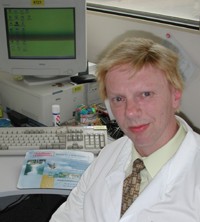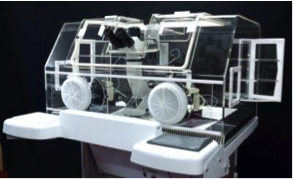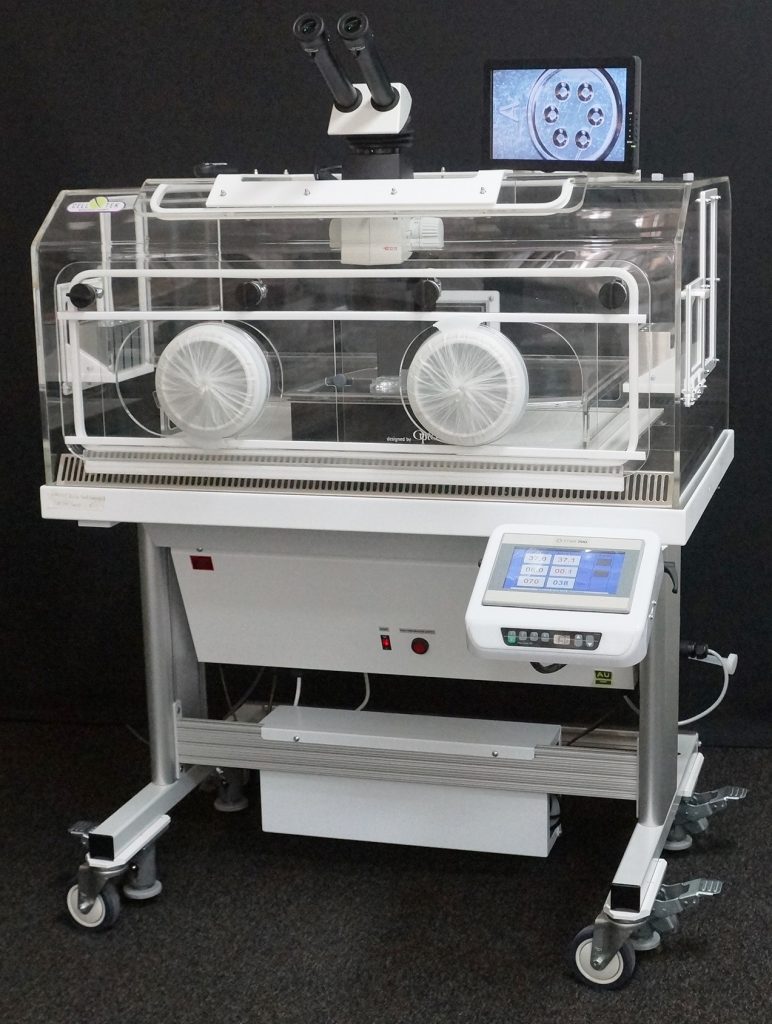
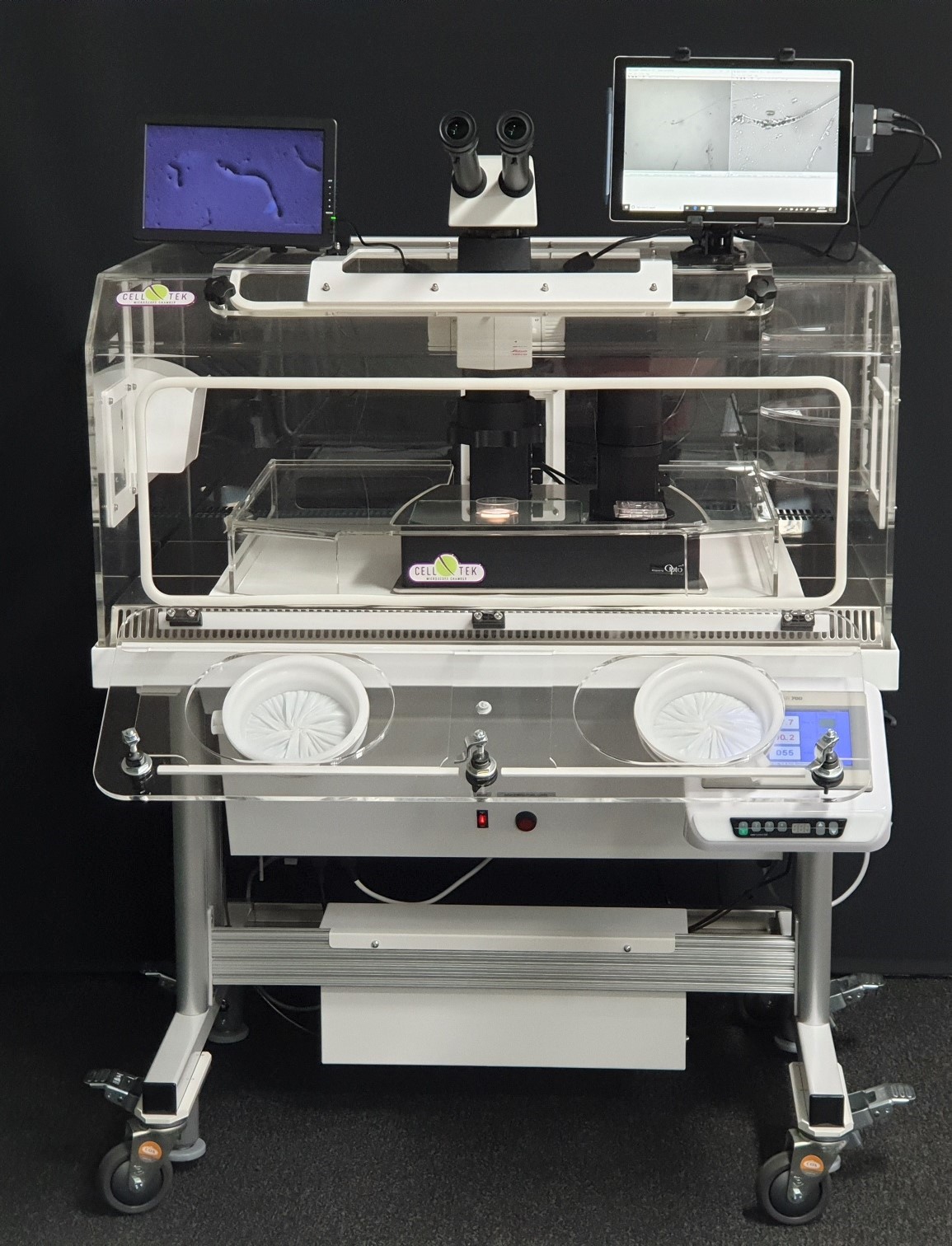
Cell-Tek 3000 AS Dual
Tek-event
Countless studies have shown that embryo development is compromised by not maintaining the required temperature and optimum PH of culture media. This is of utmost importance from the time of egg collection through to blastocyst stage and final embryo transfer. Cell-Tek 3000 AS chamber assist in provides these conditions and the ability to manipulate eggs and embryo at a comfortable stereo microscope magnification then move without compromise of temperature, CO2 or humidity, to a high power optical system for embryo assessment. The unique contrast enhancement is suited for viewing specimens in plastic glass dishes and plates without distortion or loss of image quality. All controls of temperature, CO2 and humidity same as our Cell-Tel 3000.
Components
- Stereo microscope with zoom magnification 12 x to 96X for pick-up or transfer procedures.
- Viewing via ergonomic tilting eyepieces and simultaneous 10” LCD screen.
- Microscope base with motorised tilting mirror
- LED variable illumination
- Inverted microscope with 200X and 400X magnification for detailed embryo assessment in PC screen
- High resolution camera with image capture.
- Surface Pro PC allows direct imaging from the high magnification microscope by image capture software.
Features & Benefits
The dish/specimen can be safely moved from the stereo low power microscope position across the stage within the chamber to the high power imaging microscope without moving it from the perfectly controlled environment. A further benefit is when networking the imaging PC, patient databases can be opened and images inserted directly via the at the Cell-Tek 3000AS The resulting benefits are:
- No compromise to the tissue by moving it to another workplace/microscope outside the safe Cell-Tek environment
- Minimises the risk of accidents moving the specimen from workplace to workplace
- Less time used on traditional inverted microscopes with manipulators designed for ICSI
You may also be looking for
Case Studies
How other labs have utilized Hamilton Thorne solutions
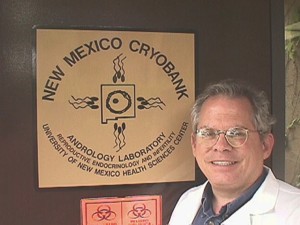
New Mexico Cryobank and Andrology Lab (Roosters)

Zangersheide N. V. (Equine)
